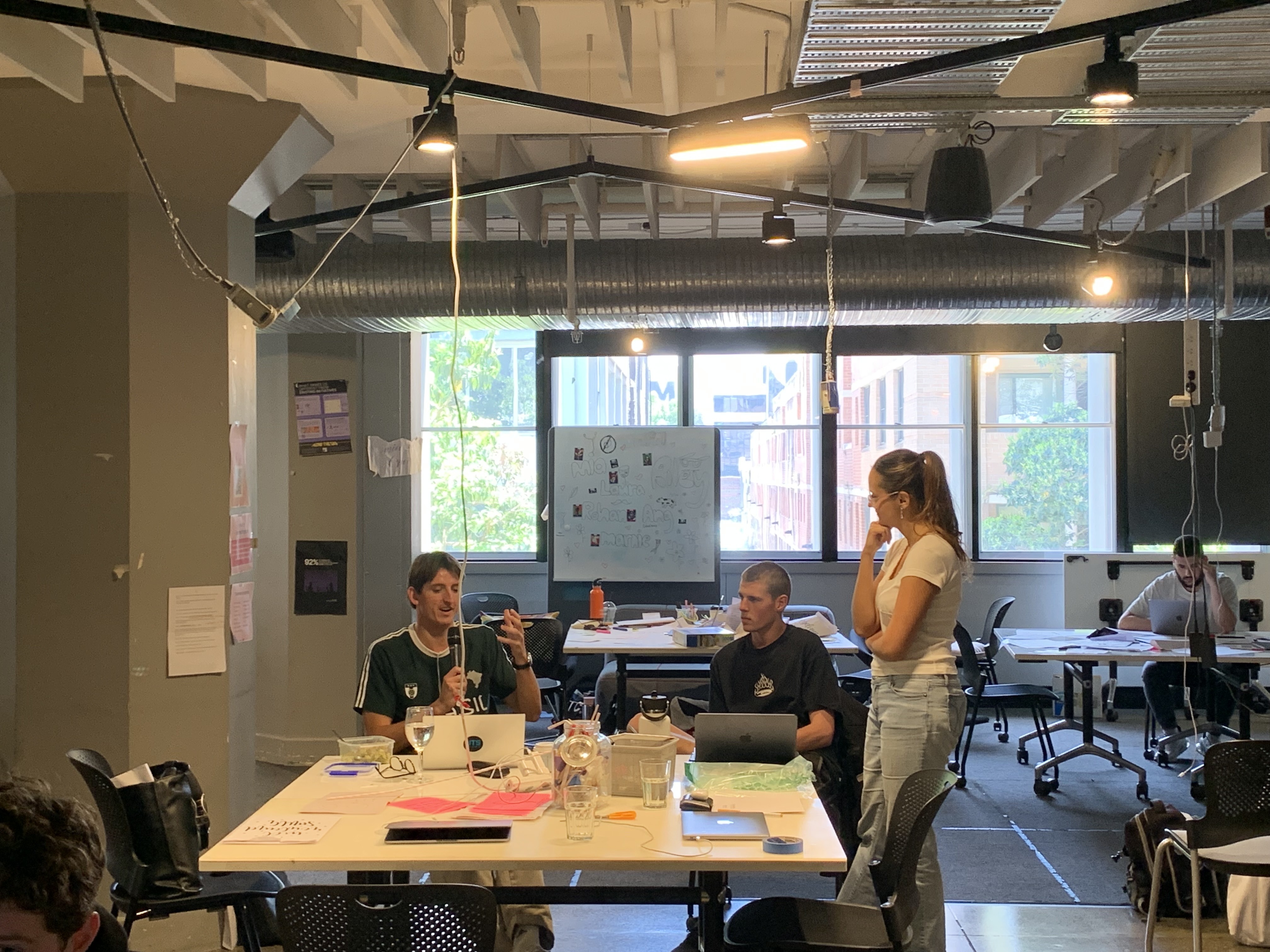
artificial Intelligence Strategy
AI with purpose, not just power.
At The Strategy Group, we help you cut through the hype and complexity. We work with you to develop AI strategies that are grounded in purpose, aligned to your values, and designed with real people in mind.
Contact Us.png)

Designing meaningful AI Strategy, with and for humans
When designed well, AI can enhance service delivery while supporting better decisions. But for it to truly succeed, it must be built around human needs, not just technological capabilities.
Our approach begins with understanding what matters most to the people at the heart of your organisation. We explore the challenges they face, the opportunities AI can unlock, and the role it should play in supporting your broader purpose. From there, we shape a practical, human-centred strategy that delivers real value and earns long-term trust.
Whether you're just beginning to explore AI or are ready to scale existing efforts, we help you define a clear and achievable path forward.
We don’t stop at strategy. We work closely with your teams to build the alignment, capability and confidence needed to move from ideas to action, with strong governance throughout to enable change safely.
Our goal is to help you move beyond pilots and prototypes to deliver AI that works. Not just technically, but meaningfully.
Our AI Adoption Framework
Simplifying AI adoption, with purpose and people at the centre
We take the time to understand your unique needs and ambitions. We help you identify the use cases that matter most, and ensure your teams are engaged from the start. We also support your people through the change, building internal capability, and ensuring the strategy is practical and sustainable.
With The Strategy Group, AI becomes more than a technical solution. It becomes a strategic enabler of better experiences and stronger outcomes that are grounded in empathy and delivered with purpose.
Let’s build an AI strategy that works for your people and your purpose.
%20(1).png)

Our AI Offerings
AI Training and Upskilling
Build AI capability across your team. We deliver tailored training to equip your people with the knowledge and confidence to work with AI.
AI Strategy
We align AI with your organisational goals and values, ensuring solutions are ethical, effective, and future-ready.
AI Prototyping
Bring ideas to life quickly. We design and test AI prototypes with users in mind, so you can explore and scale with confidence.
AI Navigation Advice
Not sure where to start? We help you cut through the noise with practical, unbiased advice to navigate AI with clarity and purpose.
AI Tool Selection
With thousands of tools available, we help you choose what’s right. Our human-centred lens ensures your AI investments are fit-for-purpose.
AI Thought Leadership
We stay ahead so you don’t have to. Through research, insight, and storytelling, we position your organisation at the forefront of AI.




.png)

.jpg)










%201.svg)





